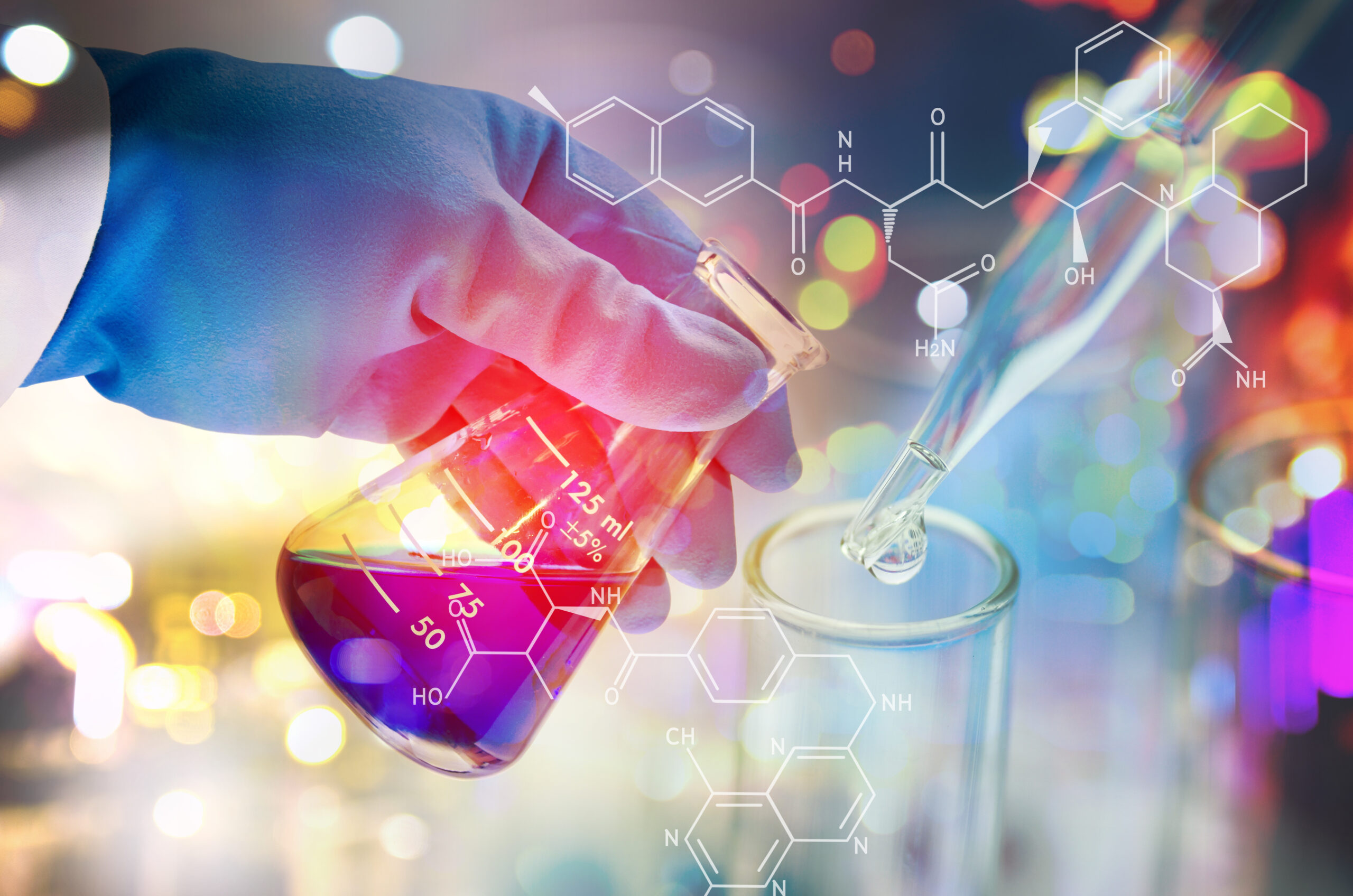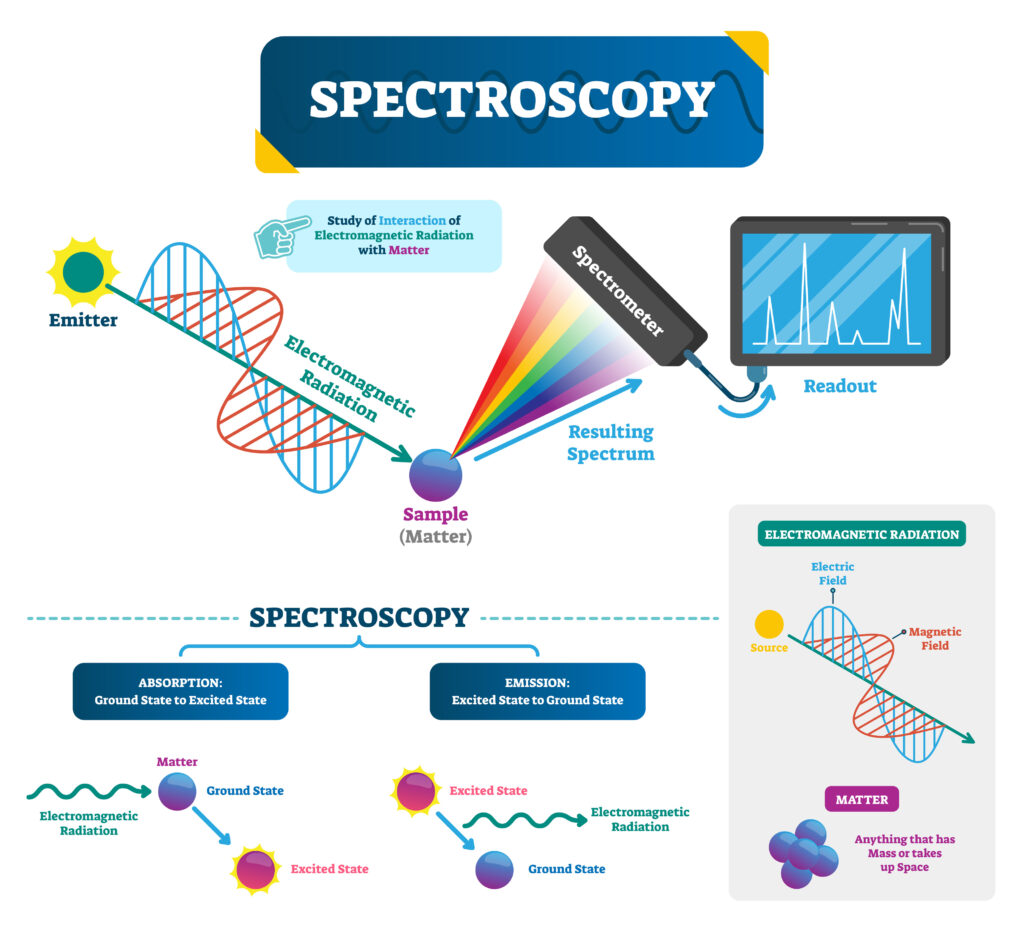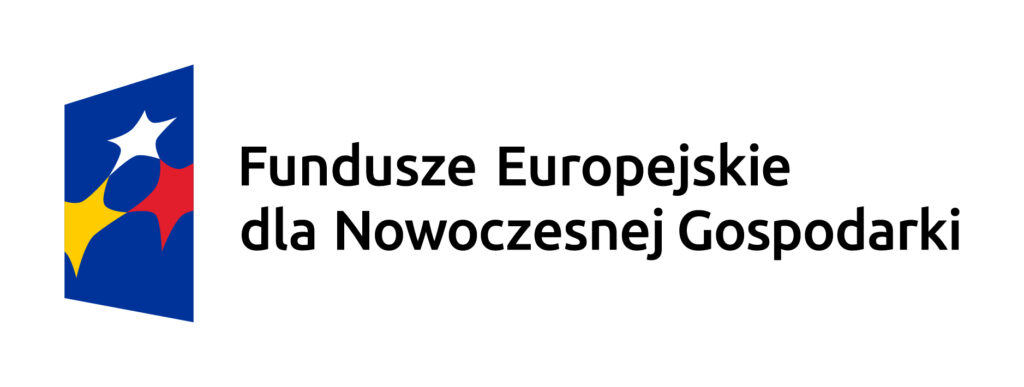Raman spectroscopy is one of the most important analytical techniques used in the chemical industry. Thanks to this method, it is possible to study materials' chemical structures and molecular properties in a non-invasive and non-destructive way. Raman spectroscopy is particularly useful in analyzing organic compounds and materials with a non-homogeneous structure. This technique is used in various branches of the chemical industry. It allows for quick and precise analyses, which in turn can reduce costs and increase production processes' efficiency. In short, Raman spectroscopy is extremely useful in the chemical industry due to its non-invasiveness, precision, and speed of analysis.

WHAT IS RAMAN SPECTROSCOPY
The molecular spectroscopy technique known as Raman spectroscopy relies on the inelastic scattering of monochromatic light in molecular structures. The molecules' excitation states are altered by the incident laser light, and as a result, the molecules produce light at different wavelengths in relation to the excitation wavelength (called Stokes or Anti-Stokes shifts). Every substance has a unique Raman spectrum. Because of this, the presence and composition of different chemicals can be detected and quantified using Raman scattering.
Raman spectroscopy is ax non-destructive technique, which means that it does not damage or alter the sample in any way. It is also a non-contact technique, which means that it can be used to analyze samples without coming into physical contact with them. This makes Raman spectroscopy an ideal technique for analyzing delicate or sensitive samples.

PROBLEMS IN CHEMICAL INDUSTRY
The main problems in the chemical industry are:
- Low efficiency of the production line due to the complexity of quality control processes on and off the production line.
- Maintaining a high level of quality control for a wide variety of ingredients, intermediates, and products.
- Costly and time-consuming quality testing of all components of the production line, such as ingredients, semi-finished products, and products.
- Most SMEs in the chemical industry cannot afford to have their research laboratories equipped with tools, e.g., expensive, stationary spectrophotometers and a team of laboratory technicians to handle the processes. They have to outsource these processes and send the samples to specialized laboratories - it costs money and takes time.
OUR SOLUTION
Our solution responds to the most critical problems of SMEs in the chemical production industry:
- Increases the efficiency of the production process by accelerating and automating the quality control processes. Instead of collecting samples and sending them to an external laboratory, the operator continuously monitors the quality of substrates, intermediates, and products through specialized miniature spectrophotometers installed on the line and dedicated to the substances produced on the line.
- It increases the quality of manufactured products by improving the quality control process. Provides real-time quality control.
- It reduces production costs and time because it prevents stopping the production line for quality control purposes and reduces the cost of testing the quality of the substance.
- The system is comprehensive and more cost-effective than competitive solutions - the overriding goal is to improve the quality of products while reducing costs.
The system does not require specialized personnel to operate. Instead, it is designed to be operated by non-qualified production line employees.
Case 1: Quality-check - composition convergence comparison
One of the main applications of our technology is to program the system in such a way that it compares the spectral spectrum coming from the "ideal" substance with the spectra of the substance from the production line. The result of this operation will be the degree of correlation of both spectra. Thanks to this, the operator will be informed if the substance passing under the measuring head does not meet the quality criteria (e.g., it will be only 90% compatible with the reference substance).
To model such a solution, we use our solution's transmission or reflection system, i.e., one in which substances are irradiated with laser light with specific parameters, and we measure the reflected / after-transmission spectra on the detector. This solution has no replaceable components in the form of measuring strips.
Case 2: Detection of harmful substances
The second possible application is the detection of very small concentrations of undesirable substances on the production line. This is important in the case of the possibility of, for example, trace amounts of harmful substances in production, which should not be there.
In this case, thanks to its modularity, our solution receives a new measuring head using surface amplification of the signal from the test substance (SERS). This solution offers immediate measurement using a unique measuring strip inserted into the device, which, thanks to gold or silver nanostructures printed on it, amplifies the signal by up to 10^7. This solution is used for more detailed measurements on request and is an ideal complement to the transmission/reflective operating mode proposed in case 1.
Case 3: Complex system
The third type of implementation is characterized by comprehensive handling of the production process. It is a combination of the first two cases, i.e., real-time quality control based on the transmission/reflection measurement of the substance and the occasional, deeper measurement of trace substances contaminating the product using test strips.
Both of these systems are connected by a proprietary management system, including software for the client that allows you to continuously track the progress of quality control from one convenient control panel.




